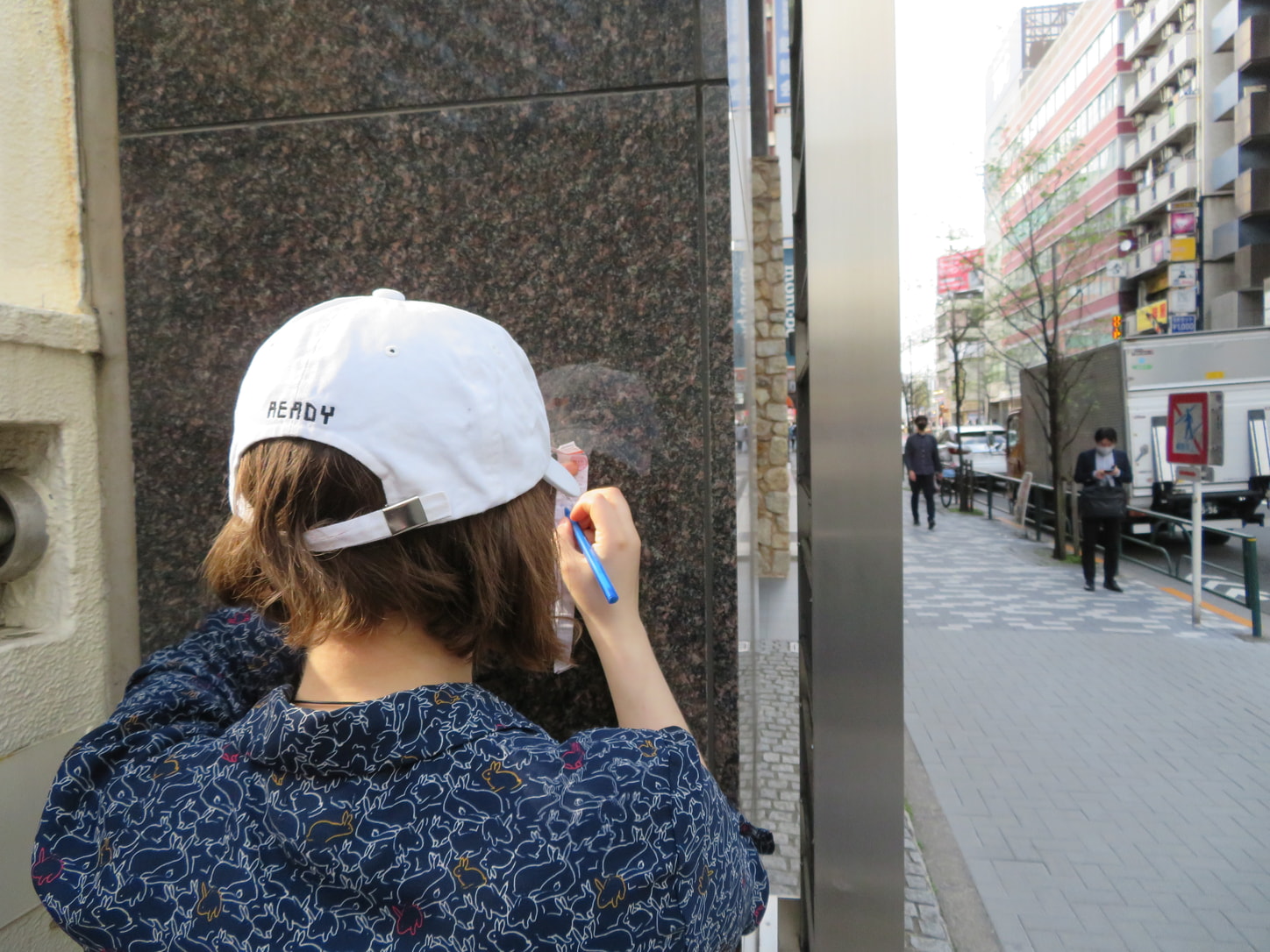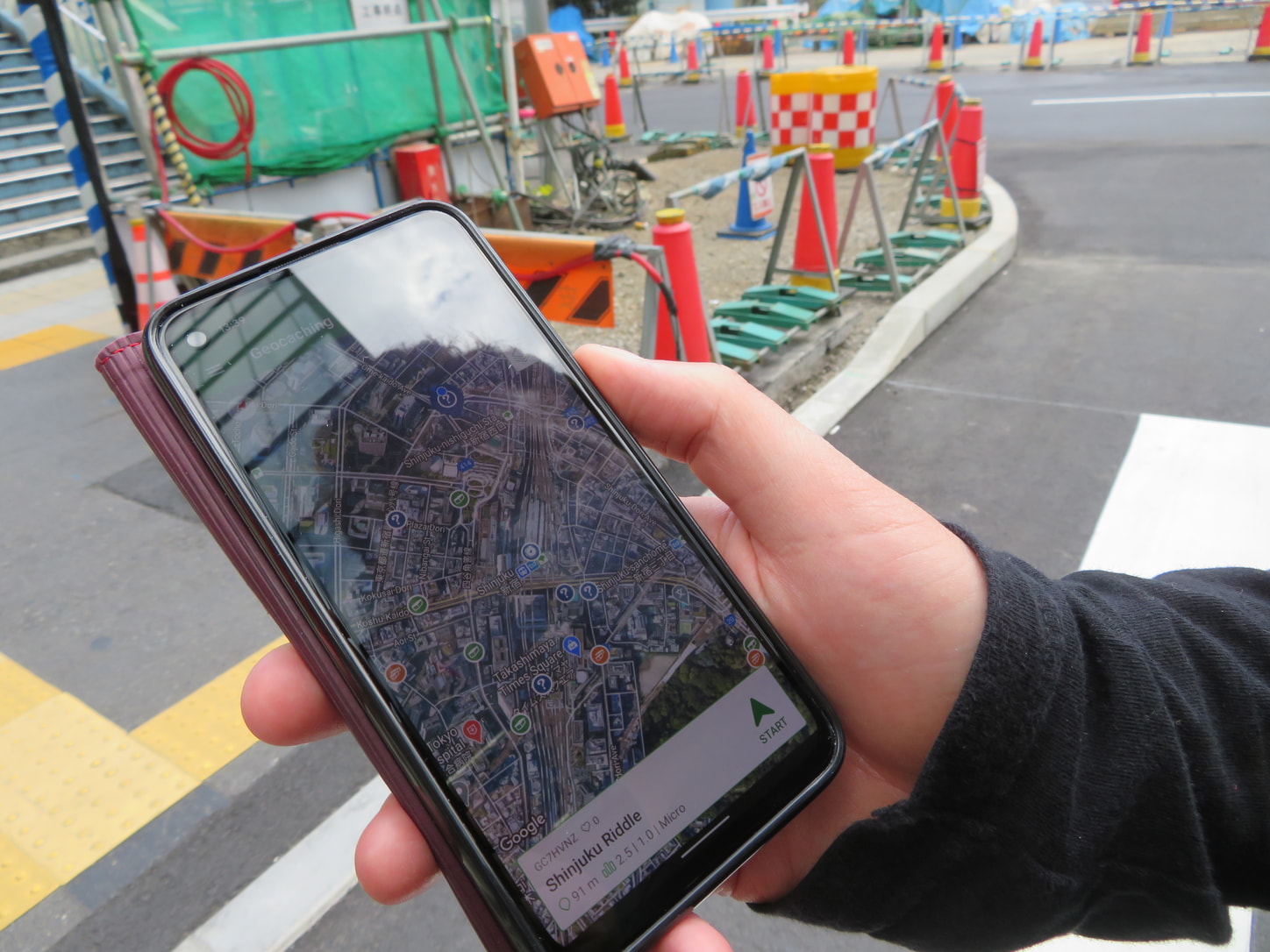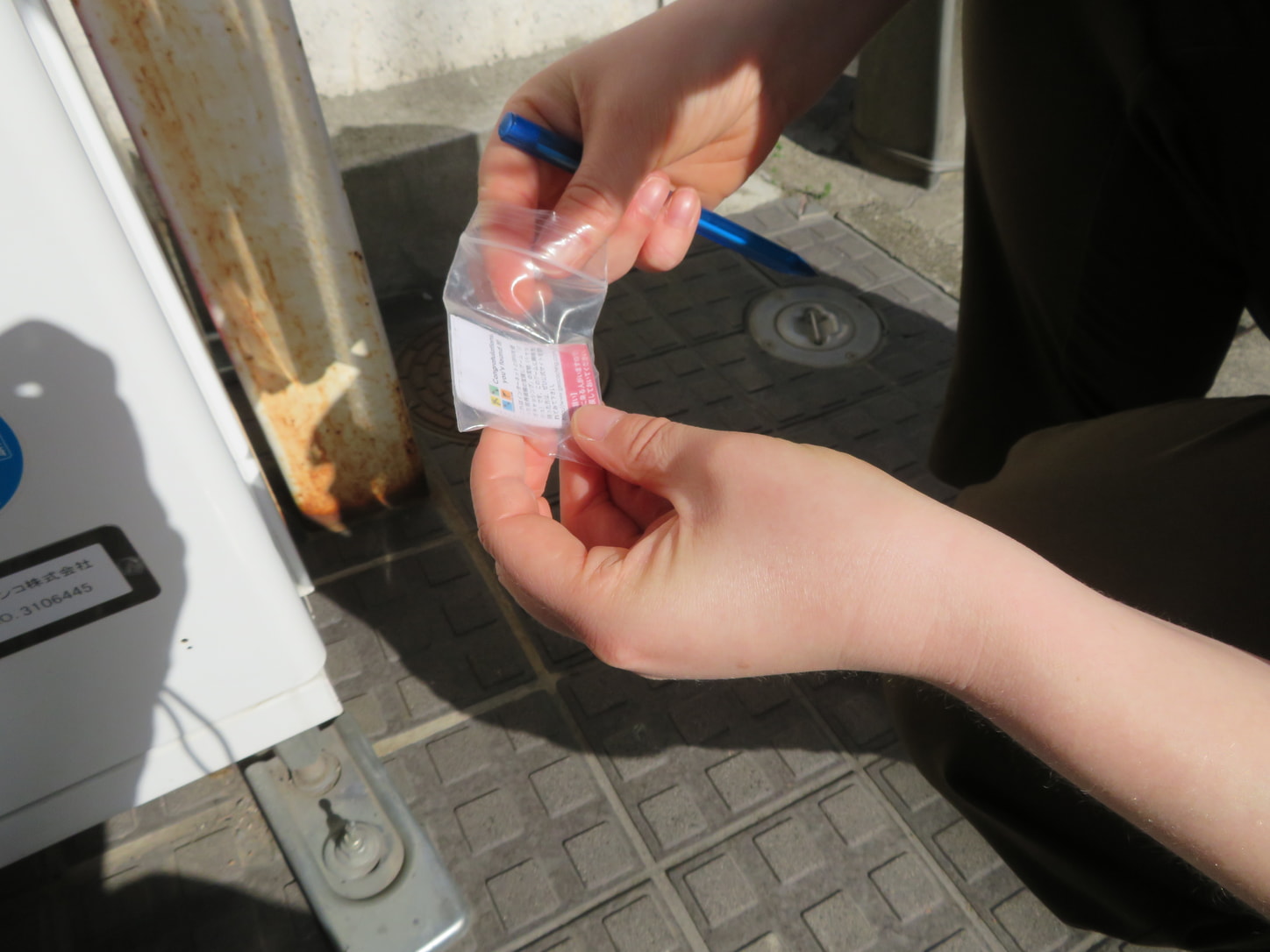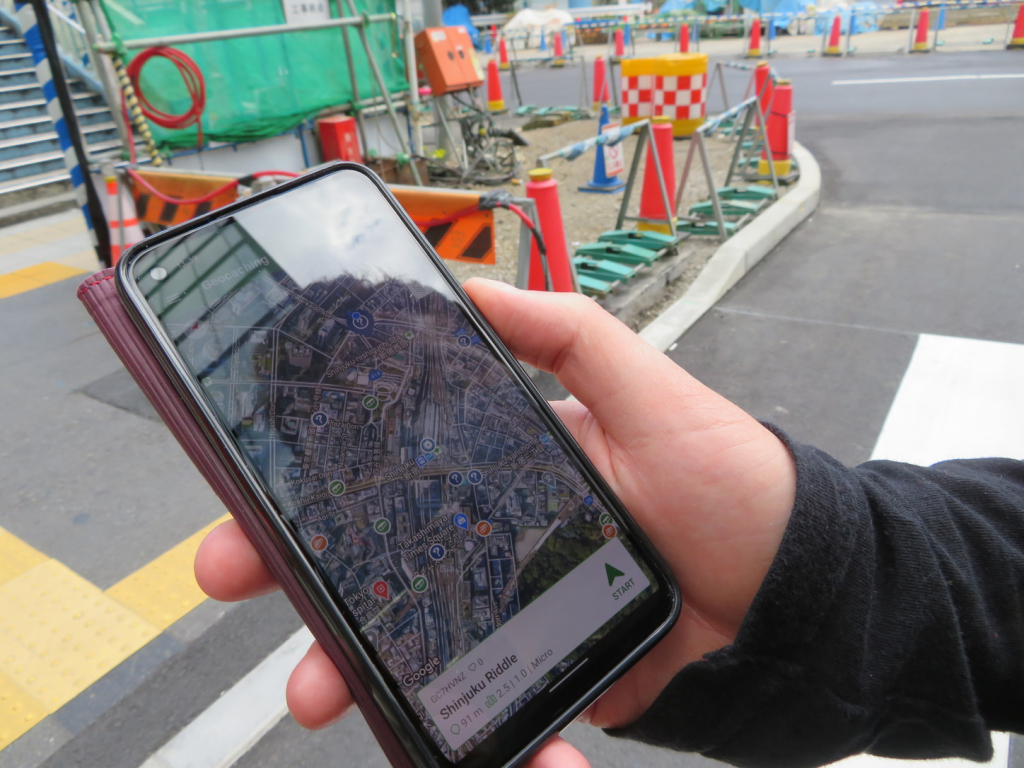Every day, we pass by hidden treasures intricately placed. They could be on a signpost on the way to work, hanging from a local park’s tree or on the underside of a vending machine. Are we too engrossed in our phones to notice or are we just not being let in on the secret? There is a worldwide treasure hunt happening right under our noses; take the red pill, BYOP (bring your own pen) and join in the fun.

From the first geocache ever placed in 2000 to one orbiting the earth, geocaching has become a universal phenomenon with over 3 million capsules in all seven continents waiting to be cracked open. Originally conceived as a hobby by founders Bryan Roth, Jeremy Irish and Elias Alvord, it is now a thriving business ready to serve millions of people with a penchant for adventure. International travel is off the table but Tokyo’s (or wherever corner of Japan you live in) neighborhoods are not.
How does it work?
The first step on your journey is to download the app on your GPS-enabled device or visit the website. While completely free, there is also an option for the premium service which allows access to a variety of caches including ones that are interactive or pose a riddle. As soon as you have logged in, your screen will be popping with green icons that display your nearest capsules. You may be surprised to find that there are many just around the corner ready to be hunted. Click on one and allow your phone to steer you to GZ (ground zero). Once there, start scouring the area for clues. If you have exerted all your effort and have come up empty, it might be time to concede to the app for more details.

For those struggling, the difficulty, terrain (think twice before going out in heels for anything above 1.5) and size are displayed along with a descriptor and attributes. There is furthermore a list of comments from fellow players who DNF (did not find) or triumphantly write TFTC (thanks for the cache). If you represent the latter, make sure to add to the physical and online logbook with your screen name and date. The lucky may even unearth a treasure or two but remember to replace what you take with equal value before positioning it back in its spot.
The benefits
See your favorite landmarks in a new light. Everyone knows the symbolic shape of Tokyo Tower but not many realize the virtual picture challenge on the 531st step. Millions have climbed to Mount Fuji’s peak, but a fraction has found the highest geocache in Japan. There are thousands of containers in Tokyo alone and so an abundance of opportunities to behold the city in a creative and compelling way. Hunting in Shinjuku took me through backstreets and neighborhoods that I would have never discovered otherwise.

On top of that, there are the added health benefits. It was only when returning home that I noticed my sore legs; I had unknowingly walked several kilometers in my vigor. It wasn’t surprising to learn that there is a positive link between health and geocaching. Participants of a study who went geocaching at least once a week found that they were walking an average of 10 miles (about 15 kilometers) a month.
But geocaching might not be for everyone. Undoubtedly, there are times when you must be patient as hunting difficult caches can get frustrating. The wait will pay off eventually, though, and that elated feeling of discovery is hard to beat. Stealth is also a desirable attribute. You may feel a bit silly poking fingers behind into holes and clambering over muddy mounds while being ogled at by passersby, known as ‘muggles’ in-game, but remember to embrace the character. You are a wizard, a detective and you know something they don’t.
Happy hunting!
To get started download the Geocaching® app on android or iPhone, or visit www.geocaching.com.









